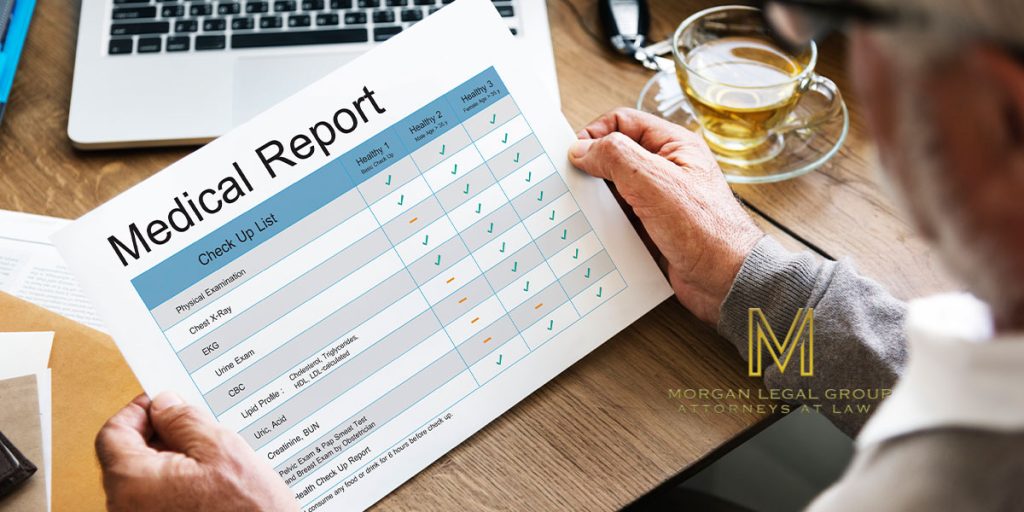The Look-Back Period in New York
The Medicaid program in New York, designed to provide essential healthcare coverage to those in need, includes several rules and regulations to determine eligibility. One critical aspect of Medicaid planning that individuals and families should be aware of is the “Look-Back Period.” Understanding this period and its implications is vital for those seeking Medicaid benefits while preserving their assets.
What is the Medicaid Look-Back Period?
The Medicaid Look-Back Period is a defined timeframe during which Medicaid examines an applicant’s financial transactions to ensure that they haven’t given away or transferred assets inappropriately to qualify for Medicaid benefits. In New York, this period is currently set at five years.
As a need-based program, Medicaid requires applicants to meet specific income and asset thresholds to qualify. The Look-Back Period was established to prevent individuals from divesting themselves of their assets shortly before applying for Medicaid. Any uncompensated asset transfers made during this period may result in a penalty period during which the applicant is ineligible for Medicaid benefits.
How Does the Look-Back Period Work?
During the Look-Back Period, Medicaid examines an applicant’s financial records, including bank statements, property deeds, and other financial transactions. If any uncompensated asset transfers or gifts are discovered, Medicaid calculates a penalty period based on the value of the transferred assets.
For example, if an individual transferred $50,000 worth of assets to a family member within the five-year Look-Back Period, Medicaid would calculate a penalty period based on the regional nursing home cost average. If the average monthly cost of nursing home care in the region is $5,000, the penalty period would be ten months ($50,000 ÷ $5,000).
During this penalty period, the individual would be ineligible for Medicaid benefits, and they would need to cover their healthcare costs using their own resources. Importantly, the penalty period doesn’t begin until the applicant is otherwise eligible for Medicaid, which means they must have low income and meet other criteria.
Strategies for Dealing with the Look-Back Period
Dealing with the Look-Back Period can be complex, but there are legal strategies that individuals can employ to protect their assets and navigate Medicaid rules effectively:
- Asset Protection Trusts: Creating irrevocable trusts can help protect assets from being counted during the Look-Back Period.
- Spending Down: Strategically spending down excess assets on allowable expenses can reduce countable resources.
- Proper Documentation: Maintaining clear and accurate financial records is crucial to demonstrate that asset transfers were legitimate and not for the purpose of Medicaid qualification.
It’s important to note that the Look-Back Period rules can change, and Medicaid eligibility criteria may vary. Consulting with experienced attorneys specializing in Medicaid planning and asset protection in New York is essential to developing a customized strategy that complies with current regulations.
Conclusion
The Medicaid Look-Back Period in New York is critical for individuals and families seeking Medicaid benefits while preserving their assets. Understanding how this period works and employing effective asset protection strategies is essential. At Morgan Legal Group, we specialize in Medicaid planning and asset protection in New York, providing expert guidance to help you navigate these complex rules. Contact us today to ensure that you can access the healthcare you need without jeopardizing your financial security.





